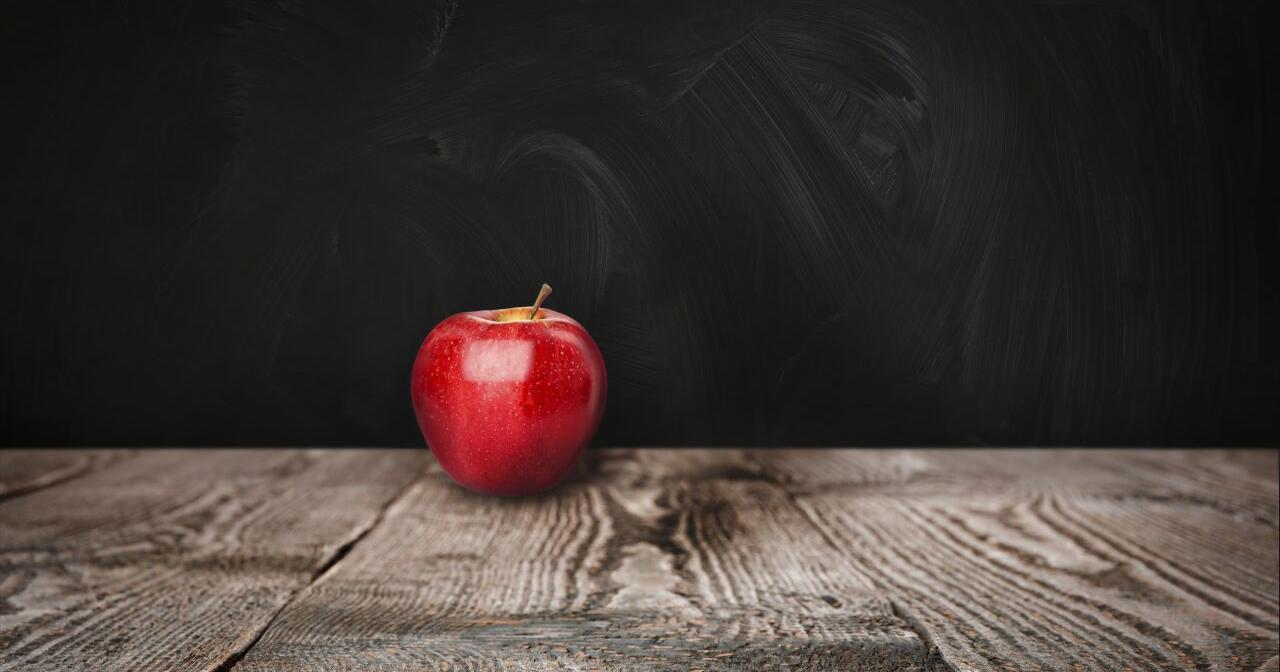I’ve spent the past few months more immersed in queer horror than I usually am this time of year as a result of helming Autostraddle’s own Horror Is So Gay package. Specifically, collaborating on Autostraddle’s 25 Scariest Queer Horror Movie Moments list introduced me to so many movies I hadn’t seen before, sent me on a rabbit hole of gay monsters, killers, final girls, ghosts, and creatures. I’ve been having a lot of nightmares. But it’s worth it. I love this stuff. I love to feel a little afraid.
And so, I’ve been thrilled to follow along with Queer for Fear, the new four-part docuseries put out by horror streamer Shudder. Executive produced by Bryan Fuller and Steak House, Queer for Fear charts LGBTQ+ horror and thriller film history and the relationships queer and trans viewers have with the genre across four episodes each centered on a specific theme.
Episode one tackles the early queer literary influences on the horror genre, including Mary Shelley, Oscar Wilde, and Bram Stoker. Episode two continues into Old Hollywood horror, opening on the films of gay director James Whale, who made iconic monster movies like the original Frankenstein and Bride of Frankenstein, and moving into Hitchcock movies like Rebecca, The Birds, Rope, and Psycho, including a long interlude about Anthony Perkins’ life in the closet. Episode three is all about transformations, looking at werewolves and aliens as metaphors for queerness and transness. And episode four is for the monstrous dykes, the final installment taking a look at lesbianism in horror through the years, from the horny vampire sexploitation film boom in the 60s and 70s when titties and fangs went hand in hand, to more recent depictions of killer lesbians like those in Heavenly Creatures, Basic Instinct, and Bound.
Of course no series on the sprawling topic of queer and trans horror could ever really truly be exhaustive nor comprehensive, especially given how there are so many different takes and ways to interpret the films discussed. But I also think most of the hangups I have about Queer for Fear might have been better assuaged if there had been more episodes. The Shudder platform lists this as the first season, giving me hope for more, perhaps next October. Because unfortunately, while I did find parts of the docuseries very fun and sharp, it also feels like a lot is missing.
Queer writers provide some of the strongest talking head analysis, including Tommy Pico (who, full disclosure, is a friend but I think he’s a literal genius), Carmen Maria Machado, Annie Rose Malamet, Emily St. James, Jewelle Gomez, and Nay Bever. They dig deep while still offering some humor and personality. “People really love to get mad about queer villains, but I find queer villains to be tremendously powerful and interesting,” Machado says in the fourth episode, proceeding to give a read on Single White Female that is complex and holds many contradictions at once. It’s in these messier, more difficult moments of reckoning with queer and trans subtext, narrative, and allegory in horror that Queer for Fear really shines. The moments where the docuseries flattens these ideas into simple declarations like just well, monsters are gay because gay people are treated as monsters feel trite and, more troublingly, like they’re directed at straight viewers.
Too many talking heads are merely just trying to make jokes or aren’t going far enough into the lagoon of these films and their impact, offering up platitudes in place of serious analysis. I like that Queer for Fear does not take itself too seriously all the time, throwing playful segments into its mix of clips and analysis, like a runner where several experts weigh in on whether or not Mrs. Danvers was a service bottom and some dramatic drag readings. I wouldn’t want a queer horror doc without a dollop of camp and irreverence. But sometimes Queer for Fear‘s flashier touches feel like unnecessary flourishes in a project already strapped for time.
I keep coming back to this question of who is this documentary for? It is, first and foremost, for queer and trans fans of horror. Or, at least, shouldn’t it be? Of course there’s value in appealing to a wider audience, in perhaps teaching straight and cis horror fans a side of horror history they might not be familiar with — especially since even calling it a “side of horror history” isn’t even accurate because this queer history is inextricable from horror history. Appealing to a wider audience also means more viewers, which means Shudder possibly being interested in more episodes. But as a queer viewer of this documentary, there was a slight disconnect. Parts exhilarated me, made me feel like I was connecting with other queers over our strange, ugly obsessions. Even when I disagreed with certain interpretations of movies and their subtext, I enjoyed that difference. I’m rarely interested in monolithic narratives, especially when it comes to queerness.
But other times, I felt talked down to and a little confused as to the intended audience. A lot of time is spent on defining and explaining rather basic elements of historical context, like the Hays Code and gay bar raids. I do, again, think there’s value in contextualizing these things, especially for people who might need the primer to really understand how these things touch and then impact what stories are told and who gets to tell them. But I do think the core audience for this documentary are viewers who crave something beyond these easier-to-access history lessons. What would Queer for Fear have looked like if it had dug into more complex layers of queer theory in addition to some of these building blocks of queer/film history? If it had introduced things like Disidentifications or House of Psychotic Women in its conversations and analysis?
I’m not trying to be a snob here. I just think that bringing in Anthony Perkins’ son to talk about the Psycho star’s queerness and extreme closetedness drags on for so long in the second episode that it begins to feel like Queer for Fear is trying to persuade me that Anthony Perkins was indeed gay, when I simply do not need to be persuaded! Maybe straight people do? That segment is fascinating and devastating, but it also takes up a lot of space — space largely given to his straight son.
But in a much more frustrating choice, Queer for Fear‘s final minutes in its finale are spent on iconic lesbian neo-noir Bound, and even though the docuseries features trans women in other talking head moments throughout its run, none of them are called upon for commentary here. There’s something very off about the framing of the Wachowski’s transition here, delivered as if its some big dramatic reveal. Again, I really do think most people choosing to watch all four parts of a trans and queer horror docuseries already know full well that the Wachowskis are trans and queer even if they weren’t out when Bound was released. Why the buildup and the reveal? Who is this for? Why is this part of the conversation at all?
Indeed, all the best parts of Queer for Fear are when the attempts to universalize queer experience or persuade viewers into believing certain points of view are dropped entirely and replaced with takes, interpretations, and experiences of connection that are more difficult to explain — especially to a straight viewer. Guinevere Turner, for example, shares the story of having to sneak into a theater in a different neighborhood to see Basic Instinct because of a protest many of her queer friends were holding outside of one theater due to their frustrations over the bisexual villain trope employed by the movie. That‘s interesting! Because it’s so real, this inherent tension in perhaps relating to the villain or being attracted to the villain. The line between exploitation and pleasure is not always super clear. Yes, those vampire titty movies were made by and largely for straight men, but it’s not that simple. I think Alison Rumfitt touches on that complexity rather brilliantly in her essay for Horror Is So Gay.
I know that making series like this is hard work. Someone’s always going to complain this or that was left out. It’s not possible to include it all — especially in four hour-long episodes. Tying each episode to a specific theme works very well, and I don’t want it to seem like Queer for Fear isn’t worth watching. It extremely is. If you’re a queer or trans horror fan, please watch! You might have some frustrations with it, but you might also have fun parsing out those frustrations with friends, as I did. Even flawed documentaries are great conversation fodder. And there are moments of brilliance throughout, especially from some of the insightful talking heads who go beyond just this is gay and really get into the why. I want more episodes, especially tackling recent movies and their influences, and I want Queer for Fear to push the conversation into more ghoulish territory. We’re talking about horror, after all.









